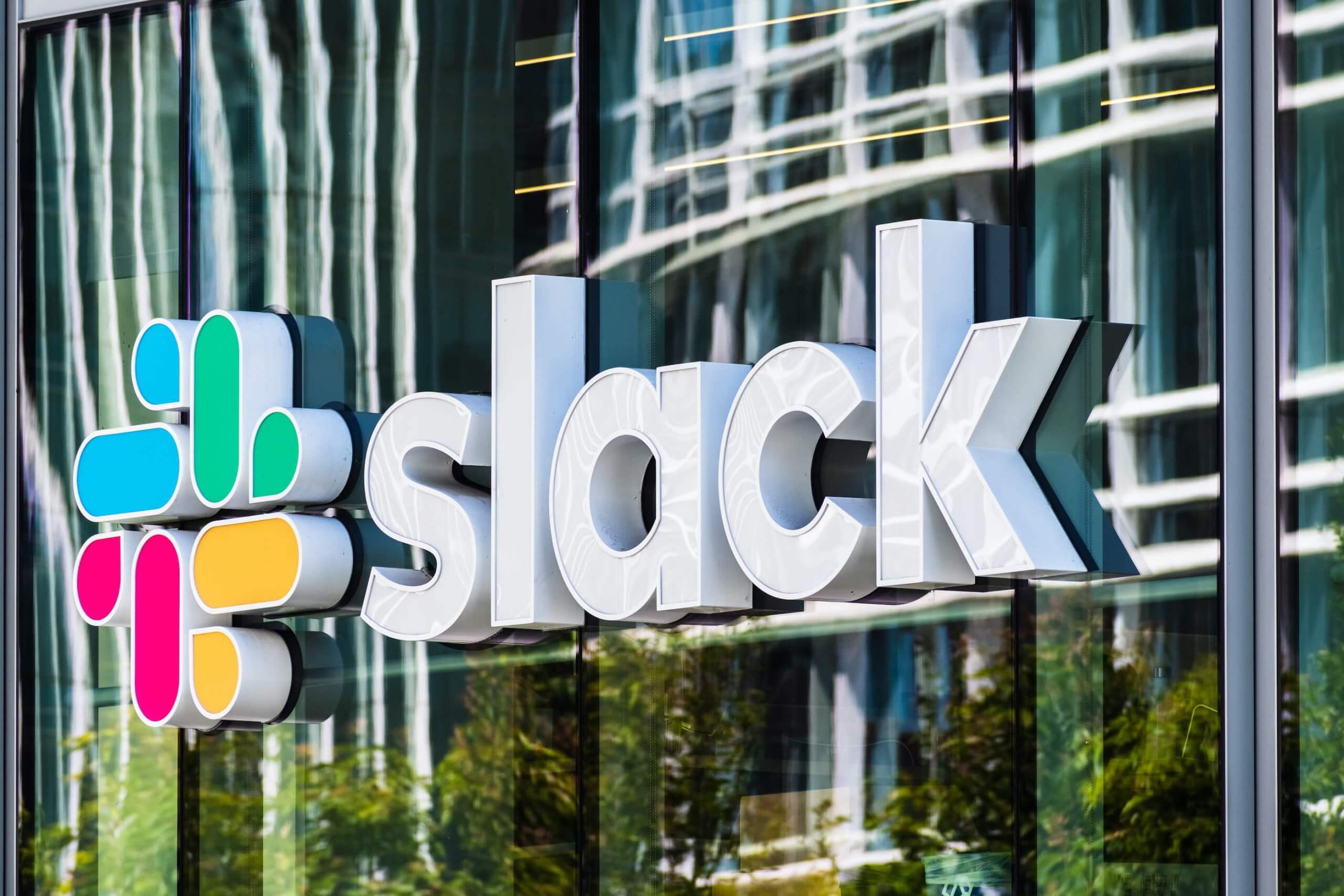In context: Teleconferencing apps have seen huge growth in recent months. With schools and enterprises continuing to keep their brick-and-mortar offices closed, apps like Zoom, Slack, and Microsoft Teams have prospered as companies and organizations turn to them to keep the gears of commerce turning. The competition is fierce with productivity providers at each other's throats, particularly Slack and Microsoft.
According to Slack CEO Stewart Butterfield, Microsoft Teams is not a competitor to Slack. He feels that the larger corporation has not proven that customers want to use Teams. He cites the app's bundling with Office 365 as evidence of this.
"What we've seen over the past couple of months is that Teams is not a competitor to Slack. They've got to be a little frustrated at this point," Butterfield told CNBC. "They have 250 million-ish Office 365 users. They just announced this massive growth in Teams to a little under 30 percent. So after three years of bundling it, preinstalling it on people's machines, insisting that administrators turn it on, forcing users from Skype for Business to switch to Teams --- they still only have 29 percent, which means 71 percent of their users have said no thank you."
While this may be Butterfield's public opinion, SEC records show a contrary view. In a recent 10-Q filing, Slack lists Microsoft Corporation as its "primary competitor." The company also took out a full-page "open-letter" ad in the New York Times three years ago pointed directly at the Redmond-based tech powerhouse.
That feeling when you think "we should buy a full page in the Times and publish an open letter," and then you do. ? pic.twitter.com/BQiEawRA6d
--- Stewart Butterfield (@stewart) November 2, 2016
Teams saw a surge of growth late last year as Microsoft pushed it on its customers, eventually surpassing Slack's count by 8 million with over 20 million active users. At that time, Slack accused its rival of fudging the numbers.
More recently, Microsoft revealed in an investors call that its latest user count was over 75 million --- a 275-percent increase over its November 2019 numbers and 134 percent over its March count of 32 million.
Meanwhile, Slack has not released any updated daily active user counts since November, though it has boasted about breaking concurrent user records. Last month it said simultaneous connections reached 10 million on March 10 then bumped up to 10.5 million less than a week later. Concurrent users peaked on March 25, with 12.5 million connecting through the app at the same time. This number was higher than Slack's November 2019 total user count. So clearly, it has seen a surge in growth as well.
Image credit: Sundry Photography
